My fifth grader decided to do his end of year presentation on lynchings during the Civil Rights Movement. The next day he came home from school with a confused look on his face. “I think my teacher wants me to sugarcoat my project.”
Lifting his backpack off of his twelve-year-old shoulders and setting it down I asked, “Why do you think that?”
My son sighed. “He wants me to talk about the ‘social issues of the day’ and barely touch on the lynchings.”
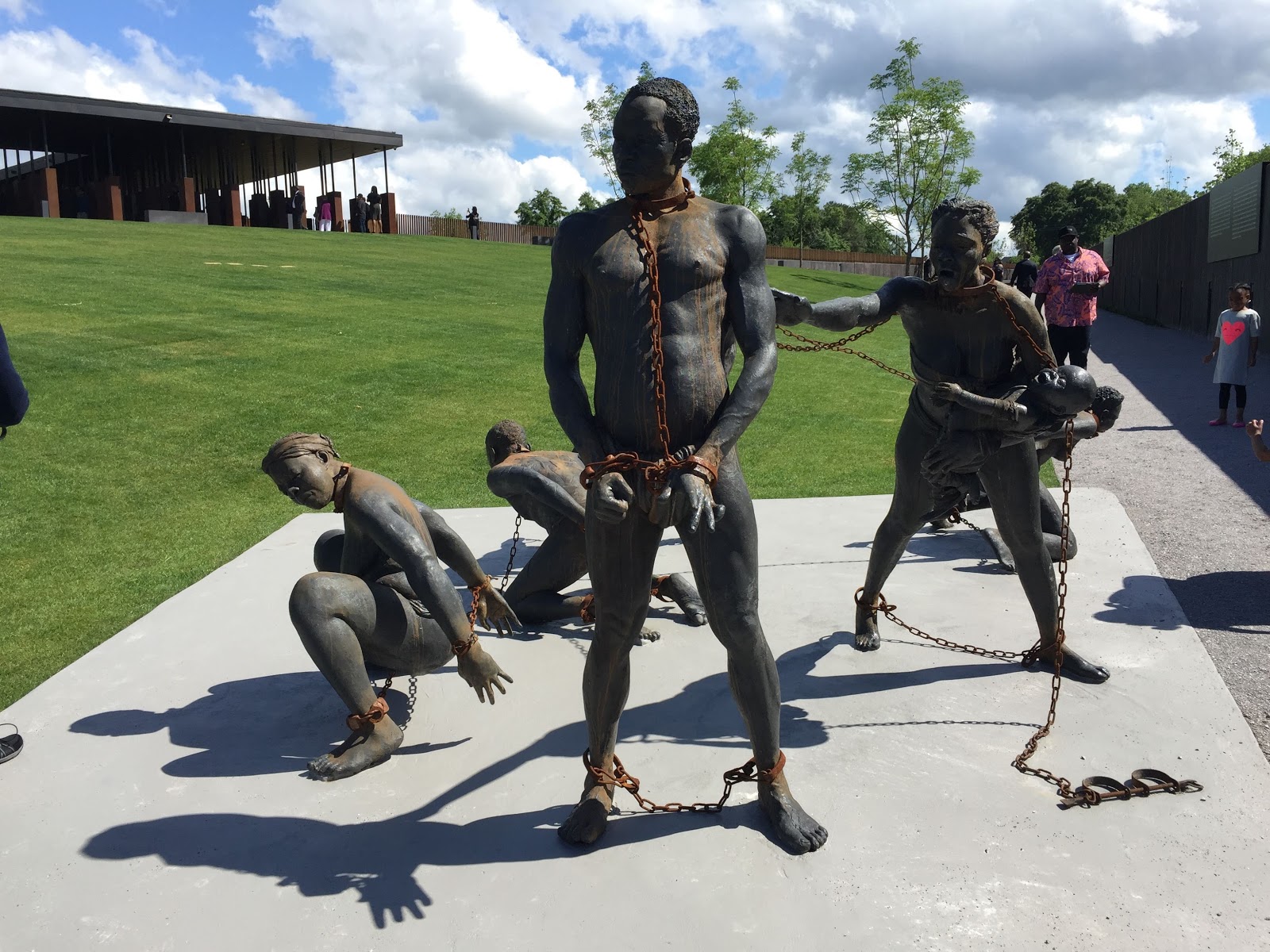
You might have jumped to the same conclusion as my son—that his teacher wanted to soften the topic, to protect young ears from hearing about such violence. But I wasn’t so sure. I’m an Army veteran who served in Iraq and a sporadic volunteer in my son’s classroom—I was once asked to come into the classroom on Veterans Day to talk specifically about war. I don’t think anyone would have batted an eye if my son’s presentation was on D-Day.
After working with his teacher, my son was approved to talk about lynching if it wasn’t the sole focus of his presentation, but one of three topics covered.
Most of us aren’t squeamish about violence—we’re squeamish about violence that we might be complicit in. We prefer a convenient story, an easy one where we’re the heroes. We naturally shy away from recounting messier stories where we may not be the unequivocal “good guy.”
What are we so afraid of? What do we risk losing if we allow our children to see the real history of our country— flawed, full of good and bad decisions, and the consequences of everything in between?
Our children need to know we can tell the truth, even when it’s hard. Even when it’s painful, bewildering, or leaves us embarrassed or without easy answers.
We can teach our children all the messy, broken parts of our history, trusting that they have the courage, and the love to not only face it, but transform it.
When we are truthful about our past, even the parts we’d rather forget, we give our children permission to recognize and ask questions about injustices they see today. When we don’t assign “good guys” or “bad guys” to our national histories, we help them recognize the complexity of issues. Seeing complexity doesn’t mean we put people’s good intentions above the harmful impact that was done. We allow our children to sit in the tension, to learn from others, and not jump to conclusions.
We help our children to see our world and our country is made up of people who are more than Democrats or Republicans, pro-life or pro-choice, Black Lives Matter or All Lives Matter, conservative or liberal—that none of these groups or viewpoints are purely “good” or “bad.” That we can’t discount and disregard the voices that aren’t our own and further cement this path of division.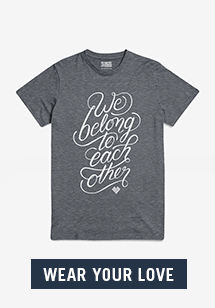
So what do we do with our messy history of violence?
We let it transform us.
We trust it to lead us forward.
We lean into the pain of it, because it will teach us how to raise brave children.
We talk about it, honestly and humbly, not to make it better or to gloss over it. But to see it for what it was, where it’s led us, and how to move forward.
Where do you start? Right where you live. Your city has a history. Start exploring it. Bring your children to events commemorating and celebrating black, brown, and indigenous histories. These communities are the best teachers; learn from them.
Maybe it’s pressing into an uncomfortable part of our national history, whether it’s the lynching of black people, the internment of Asian-Americans during World War II, or the displacement and genocide of indigenous Americans.
We don’t hesitate to take our kids to memorials or museums of war—and for good reason. They need to see, too, the memorials to those who struggled or died for peace and justice on our own soil.
Take your children to the Memorial of Peace and Justice in Montgomery, Alabama, or the Civil Rights Museum in Memphis, Tennessee. We are never too old or too young to learn what’s happened on our own soil, in our own lifetime because it creates the lens we see each other through.
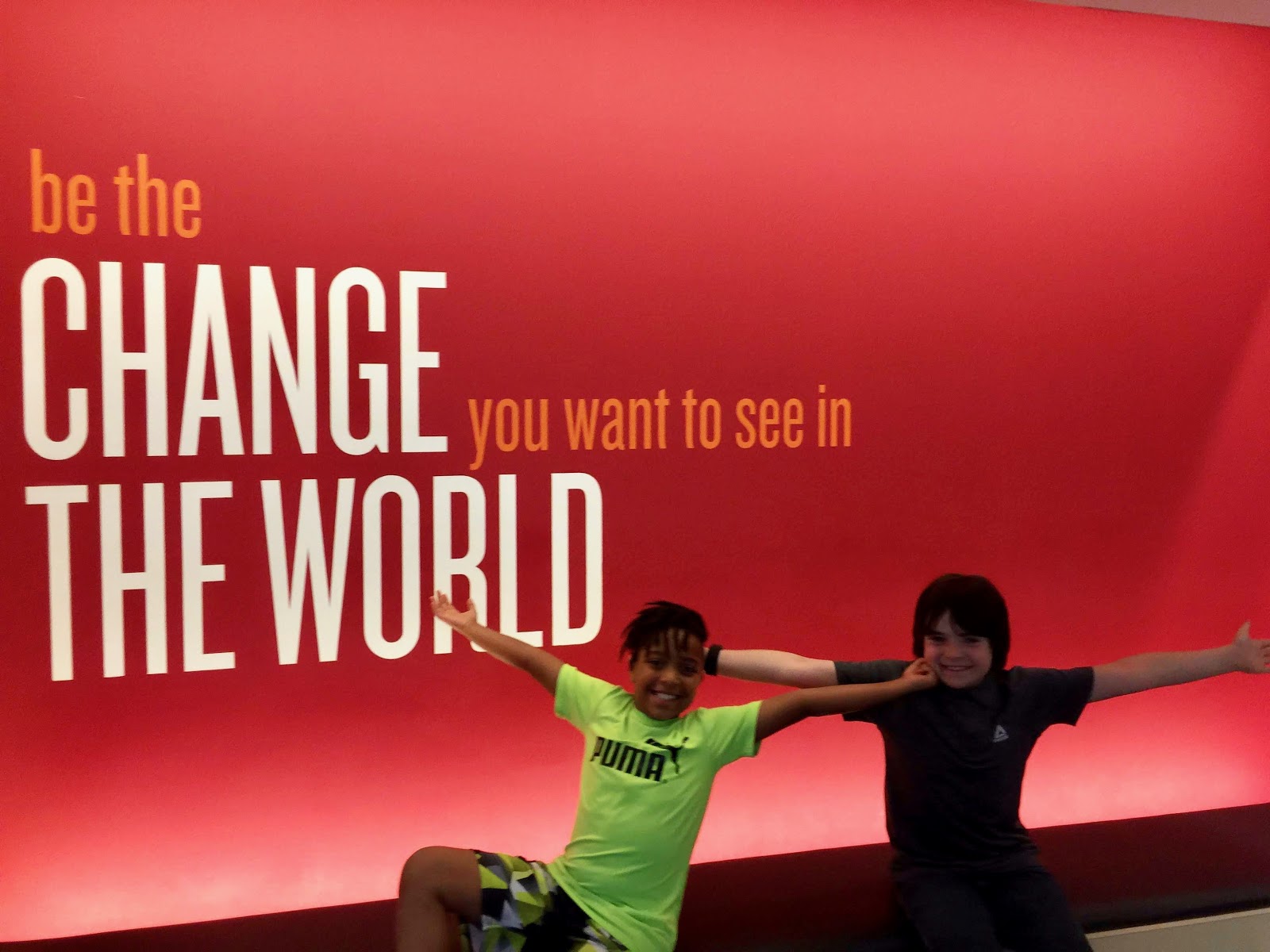
I don’t think my fifth grader would have the interest or the awareness to present the topic of lynching to his peers if he hadn’t been to the Memorial of Peace and Justice, if we hadn’t addressed that difficult subject with him. We can teach our kids not to fear tension and failure. That they can still show up, even in these hardest spaces.
We can teach our children that instead of fighting against each other they can link arms and fight for each other, alongside one another.
We can teach our children all the messy, broken parts of our history, trusting that they have the courage, and the love to not only face it, but transform it.
Our kids are braver than we know.


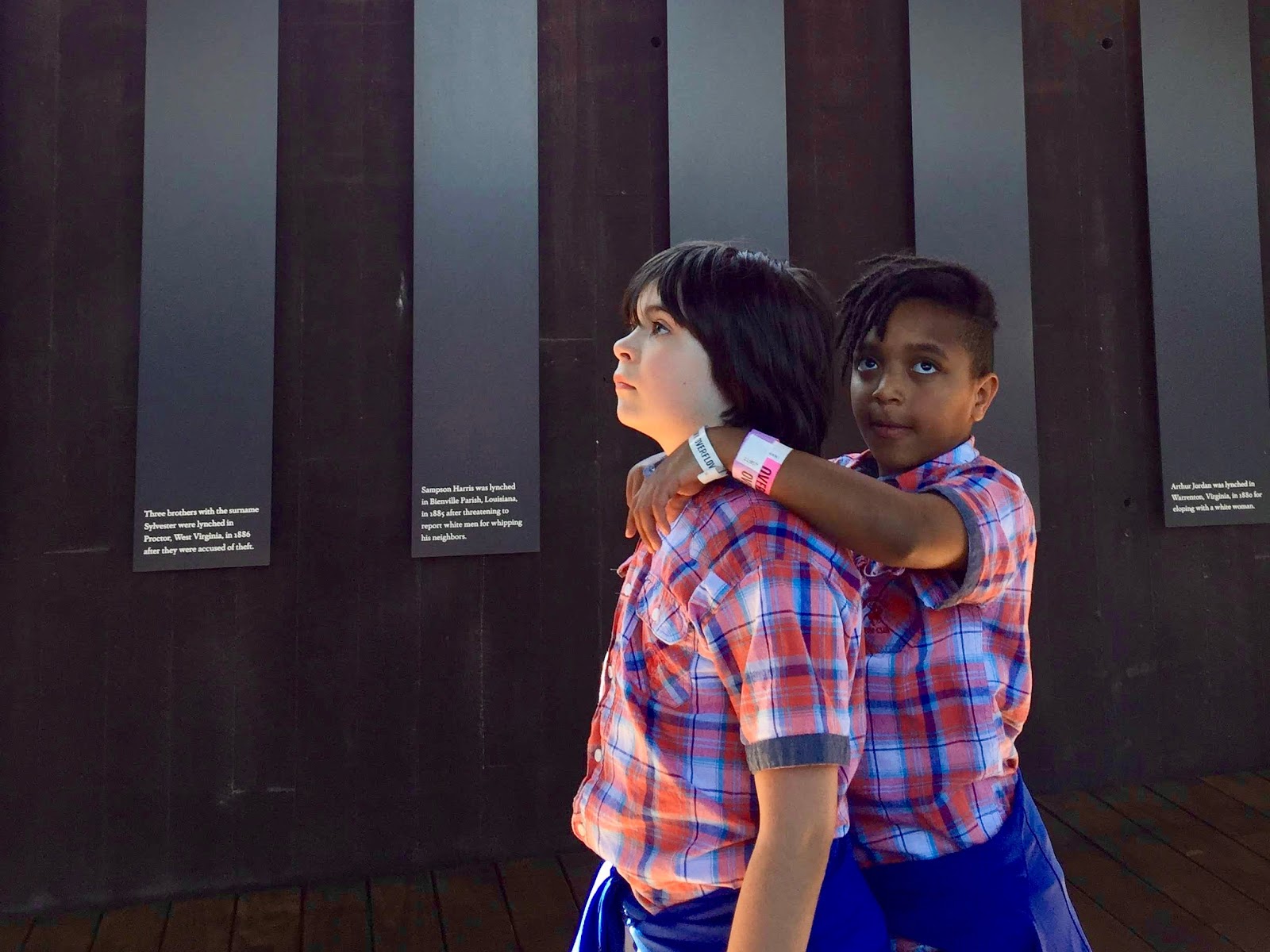
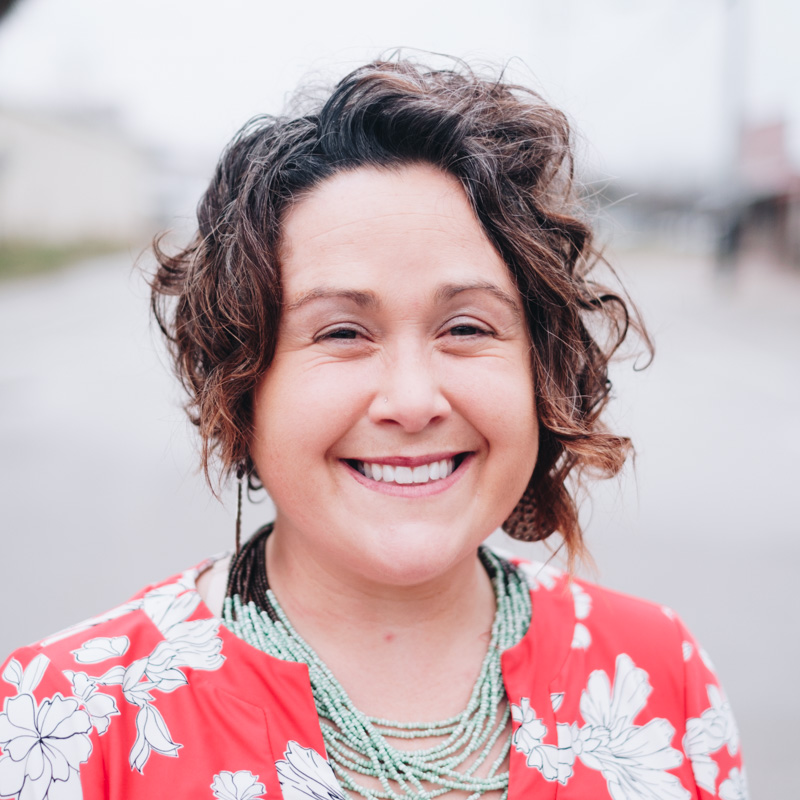 Diana Oestreich
Diana Oestreich